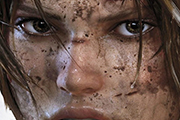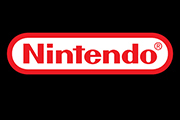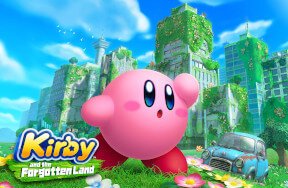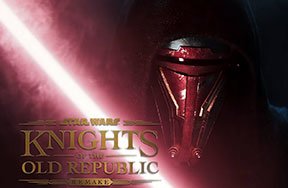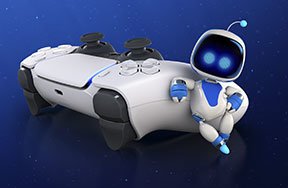Kidzworld recently looked at the History Of Nintendo and we can't help but think of Sega any time Nintendo's past is mentioned.
There was a time when all you could hear on the school yard were epic arguments over which system ruled the most. Sega Genesis or Super Nintendo.
The mere fact that Sega and their 16-bit game console, the Genesis, was competing at all with Nintendo was a testament to the quality of Sega's exclusive games and maybe even more so, their aggressive advertisements. A classic slogan being, "Genesis does what Nintendon't".
 The console war has always existed, even before the internet.
The console war has always existed, even before the internet.
Sega's moment near the top, was short lived though, as they tripped themselves up numerous times, losing all momentum they built with Genesis. Eventually, Sega released the amazing Dreamcast but by then, the damage to Sega's reputation was done. Dreamcast was never really given a chance and it was ultimately the last nail in the coffin for Sega as a console manufacturer and top tier developer.
So what happened between the Genesis and the Dreamcast that caused Sega to lose so much ground in the console space? There are a few reasons but a major one was saturating the market with over promised and quickly abandoned hardware.
In The Beginning
Sega jumped into the console business in 1983, introducing gamers to the SG-1000 home game console and followed that up with the Master System, the first real competitor to the Nintendo Entertainment System. The Master System held its own against the NES but was much less popular in the end - Nintendo had Super Mario Bros., after all.
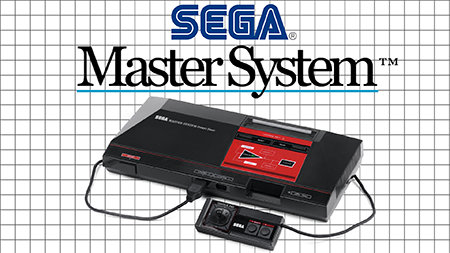 The Master System. Nintendo's first real competitor.
The Master System. Nintendo's first real competitor.
It wasn't until Sega dropped the Genesis on gamers in 1989 that they would become a house hold name in the console business and truly give Nintendo a run for their money.
The Genesis was a huge success for Sega and it prompted them to shift into top gear with a new confidence. They would soon fly too close to the sun though. Nearing the tail end of the Genesis life cycle, Sega put in motion a series of releases that would cripple them.
 They were right, Genesis was awesome.
They were right, Genesis was awesome.
Strike One
The Sega CD. It was meant to bring bigger and better games to the Genesis thanks to the use of Compact Disc. Instead, what we got was Genesis games with grainy FMV sequences added or straight Full-Motion-Video games like Sewer Shark or Prize Fighter. Audio was improved over the cartridge based games but overall, the Sega CD didn't offer much over what we already had and gamers noticed. Not gaining the popularity Sega had hoped, Sega CD was quickly abandoned.
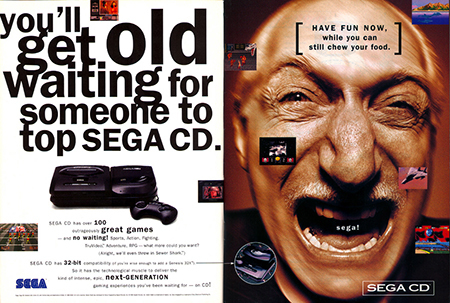 Sega's marketing in the 90's was aggressive and I loved it.
Sega's marketing in the 90's was aggressive and I loved it.
Sega CD wasn't the only add-on Sega attempted to push on Genesis fans in an attempt to prolong its life though. The Sega 32X was next up. It was another unit you would plug into your Genesis but this time it played cartridge games. Boasting twice power of a Genesis on its owned, 32X promised arcade quality games at home but never quite lived up to that lofty goal. It wasn't long before 32X would see the same fate as the Sega CD.

Strike Two
There was hope on the horizon for Sega. Their true successor to the Genesis, called the Sega Saturn, was about to be revealed at the first E3 in the summer of 1995. Gamers were excited. Not only would they get a glimpse of the Saturn, but also the Nintendo 64 and a first look at the new kid on the block... the PlayStation, from Sony.
 Strong arcade ports were Sega's specialty.
Strong arcade ports were Sega's specialty.
But before the Saturn even hit the shelves, Sega shot themselves in the foot. They announced at E3, to the shock of not only gamers and press but the retailers as well, that the Sega Saturn was "in stores, today!". Sega surprised everyone by launching the console almost 6 months earlier than originally planned.
This may have sounded cool but it was a big mistake. Suddenly developers who were prepping launch titles were scrambling to finish games, which would now lose the initial appeal of the launch day hype. Few games were ready for launch and by the time the really good games came, the Sony PlayStation was already on the market for $100 less (with more appealing titles) than the Sega Saturn.
 The Sega Saturn, released in 1995.
The Sega Saturn, released in 1995.
The Sega Saturn was a beast at crunching pixels, resulting in some of the best bullet-hell games around and the most accurate ports of arcade games like X-Men vs Street Fighter but it had a hard time doing polygons. Once the Nintendo 64 launched, the Saturn looked weak compared to its competition. It didn't take long for the Sega Saturn to lose steam and guess what... Sega once again abandoned ship, discontinuing the Saturn in 1998, less than 3 full years on the market.
Unfortunately Inevitable Strike Three
Gamers were getting pretty soured by now. Sure Sega was still pumping out some great titles but after years of spending hundreds of dollars on new hardware only to find the games and support dry up quickly, people didn't trust Sega with their gaming dollars anymore.
Which was unfortunate, as Sega's next and final console was special, ahead of its time even, with some exceptional games. But no one was really willing to give it a chance.
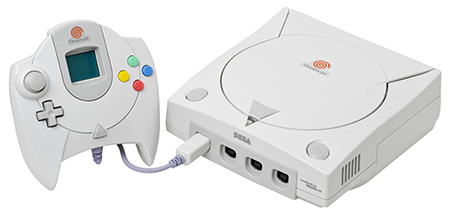 Dreamcast. One of gamings most under appreciated consoles.
Dreamcast. One of gamings most under appreciated consoles.
Sega's Dreamcast was launched in 1999 with a built in modem for internet gaming, second screen integration thanks to VMU's (memory cards with small screens and mini games), voice recognition and hardware that was capable of producing graphics and sound that surpassed the arcades. Exclusive games such as Shenmue, Power Stone, Resident Evil: Code Veronica, Jet-Grind Radio and phenomenal arcade ports of Crazy Taxi, House Of The Dead and Soul Calibur II proved that Sega's latest console had high quality games but it wasn't enough.
Sony had garnered such a huge chunk of the market with the first PlayStation, knocking Sega so far on their butts that getting mind share back from gamers was nigh impossible. Everyone was getting prepared for the PlayStation 2 to launch and in doing so, passed on the Sega Dreamcast. Missing out on one of history's best and most under appreciated consoles of all time.
Sonic Adventure 2 Sega Dreamcast Commercial
Despite some remarkable games and having the most powerful hardware, Sega's Dreamcast was killed off even faster than its older brothers. Sega officially discontinued the Dreamcast in 2001... It was supported for less than 2 years.
After the Dreamcast, Sega changed leadership and restructured. Becoming a 3rd party publisher of games instead of a console manufacture and top tier developer.
You're Out!
Going over their console launches, it's easy to see that Sega was too trigger happy during the 16-bit and 32-bit era of gaming. Possibly too ambitious too early. It's a little heart breaking but they did it to themselves.
Sega is still doing their thing, but are no longer at the forefront of the industry. We miss you, Sega!
Sega 32X Commercial
Enjoyed this read and l are now looking for more retro goodness? Check out our picks for some of The Best NES Music, right here!
Have Your Say!
Did you or your parents ever own Sega consoles? Let us know in the comments below!




























